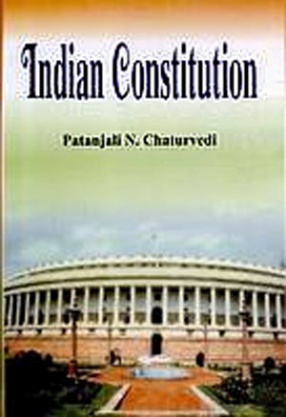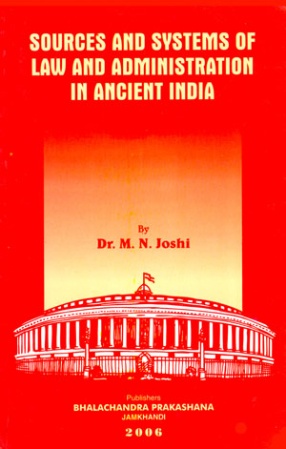Indian Constitution
The Constitution of India is the supreme law of India. It lays down the framework defining fundamental political principles, establishes the structure, procedures, powers, and duties of government institutions, and sets out fundamental rights, directive principles, and the duties of citizens. It is the longest written constitution of any sovereign country in the world, containing 395 articles in 24 parts, 12 schedules and 94 amendments, for a total of 117, 369 words in the English language version. Besides the English version, there is an official Hindi translation. The Constitution was enacted by the Constitution was enacted by the Constituent Assembly on 26 November 1949, and came into effect on 26 January 1950 was chosen to commemorate the declaration of independence of 1930. The constitution of India draws extensively from Western legal traditions in its outline of the principles of liberal democracy. It follows a British parliamentary pattern with a lower and upper house. The Constitution provides for distribution provides for distribution of powers between the Union and the States.
Get it now and save 10%
BECOME A MEMBER







Bibliographic information